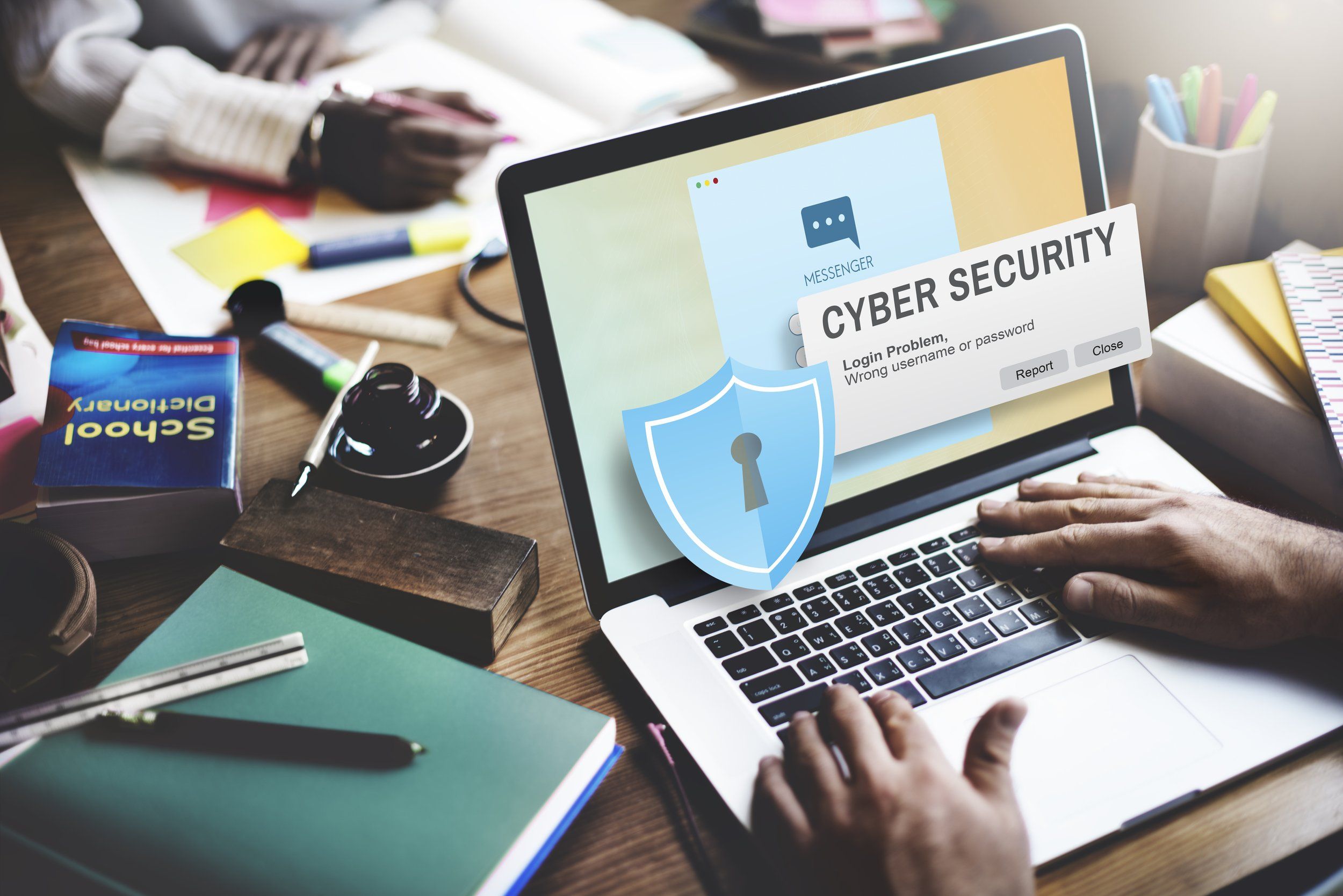

In today’s interconnected world, our digital devices have become an integral part of our daily lives. From smartphones to laptops, tablets to smart home devices, we rely on technology for communication, work, entertainment, and more. Let’s explore this topic in more detail with Papa’s Freezeria below. As we delve into the realm of online security, it’s crucial to understand the importance of protecting our devices and personal information from potential threats.
In an era where cyber threats are becoming increasingly sophisticated, ensuring the security of our devices is paramount. Cybercriminals are constantly developing new techniques to exploit vulnerabilities in our digital systems, making it essential for users to stay vigilant and proactive in their approach to online security.
The consequences of a security breach can be severe, ranging from personal data theft to financial loss and even identity theft. By implementing robust security measures, we can significantly reduce the risk of falling victim to these malicious attacks and protect our sensitive information from unauthorized access.
One of the fundamental aspects of device security is understanding the various types of threats we face online. These include malware, phishing attacks, ransomware, and social engineering tactics. By familiarizing ourselves with these threats, we can better recognize potential risks and take appropriate action to mitigate them.
Read more: 10 Tech Hacks That Will Instantly Improve Your Productivity
Regardless of the type of device you use, there are several essential security measures that should be implemented to ensure optimal protection. These measures form the foundation of a robust security strategy and can significantly reduce the risk of falling victim to cyber attacks.
One of the most critical steps in maintaining device security is keeping all software up to date. This includes operating systems, applications, and security software. Software updates often contain important security patches that address newly discovered vulnerabilities. By regularly updating your devices, you ensure that you have the latest protection against known threats.
Many devices now offer automatic update options, which can be a convenient way to ensure you’re always running the latest software versions. However, it’s still important to periodically check for updates manually, especially for devices that may not have automatic update features enabled.
The importance of using strong, unique passwords cannot be overstated. Weak passwords are one of the primary ways cybercriminals gain unauthorized access to accounts and devices. A strong password should be at least 12 characters long and include a mix of uppercase and lowercase letters, numbers, and special characters.
It’s equally important to use unique passwords for each of your accounts and devices. Using the same password across multiple platforms increases the risk of a domino effect if one account is compromised. Consider using a reputable password manager to generate and store complex passwords securely.
Two-factor authentication (2FA) adds an extra layer of security to your accounts by requiring a second form of verification in addition to your password. This could be a fingerprint scan, a code sent to your phone, or a physical security key. By enabling 2FA on your accounts and devices, you significantly reduce the risk of unauthorized access, even if your password is compromised.
Many popular online services and device manufacturers now offer 2FA options. Take the time to enable this feature wherever possible, especially for accounts that contain sensitive information or have access to financial data.
While the basic principles of device security apply universally, different types of devices may require specific security considerations. Let’s explore some tailored security measures for common device categories.
Mobile devices have become our constant companions, storing vast amounts of personal and professional data. To keep these devices secure, consider the following measures:
. Enable device encryption to protect your data if your device is lost or stolen.
. Use biometric authentication methods like fingerprint or face recognition when available.
. Be cautious when downloading apps, sticking to official app stores and checking reviews and permissions.
. Regularly backup your data to a secure cloud service or local storage.
. Install a reputable mobile security app that offers antivirus protection and anti-theft features.
It’s also important to be mindful of the physical security of your mobile devices. Never leave them unattended in public places, and consider using a lock screen with a strong passcode or pattern.
Personal computers often contain a wealth of sensitive information and are frequently used for online transactions, making them prime targets for cybercriminals. To enhance the security of your computer:
. Install and regularly update a reputable antivirus and anti-malware software.
. Use a firewall to monitor and control incoming and outgoing network traffic.
. Encrypt your hard drive to protect your data in case of theft.
. Be cautious when opening email attachments or clicking on links from unknown sources.
. Use a VPN when connecting to public Wi-Fi networks to encrypt your internet traffic.
For added security, consider using separate user accounts for different purposes, such as work and personal use. This can help compartmentalize your data and limit the potential impact of a security breach.
As our homes become increasingly connected, it’s crucial to ensure the security of smart home devices. These devices often have access to sensitive information about our daily lives and habits. To secure your smart home ecosystem:
. Change default passwords on all devices and use strong, unique passwords.
. Regularly check for and install firmware updates for all connected devices.
. Segment your home network to isolate smart devices from computers and mobile devices.
. Disable features you don’t use, such as remote access or voice control, if not needed.
. Research the security features and practices of smart device manufacturers before making a purchase.
It’s also important to be aware of the data collection practices of smart home devices and adjust privacy settings accordingly to limit the amount of personal information shared.
Read more: How to Speed Up Your Slow Laptop or PC
For those looking to take their device security to the next level, there are several advanced practices that can provide additional layers of protection against sophisticated threats.
A VPN encrypts your internet traffic and masks your IP address, making it much more difficult for hackers to intercept your data or track your online activities. This is particularly important when using public Wi-Fi networks, which are often unsecured and vulnerable to attacks.
When choosing a VPN service, look for providers that offer strong encryption protocols, a no-logs policy, and a wide range of server locations. Avoid free VPN services, as they may compromise your privacy by selling your data to third parties.
Network segmentation involves dividing your home or office network into separate subnetworks, each with its own security controls. This can help contain potential security breaches and prevent them from spreading across your entire network.
For example, you might create separate networks for your work devices, personal devices, and smart home devices. This way, if one segment is compromised, the others remain protected. Many modern routers offer guest network features, which can be used to implement basic network segmentation.
Encrypting sensitive data adds an extra layer of protection, ensuring that even if unauthorized individuals gain access to your device or files, they won’t be able to read the contents without the encryption key.
Consider using full-disk encryption for your computers and mobile devices, as well as file-level encryption for particularly sensitive documents. There are many encryption tools available, both built into operating systems and as third-party applications.
While not strictly a security measure, regular backups are crucial for protecting your data in case of device loss, theft, or a ransomware attack. Implement a comprehensive backup strategy that includes both local and cloud-based backups.
Follow the 3-2-1 backup rule: Keep at least three copies of your data, stored on two different types of media, with one copy stored off-site or in the cloud. Regularly test your backups to ensure they can be successfully restored if needed.